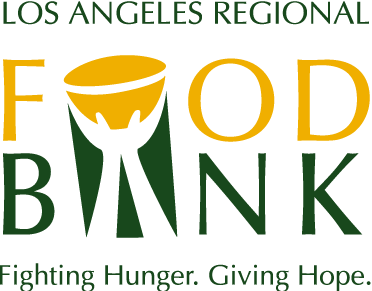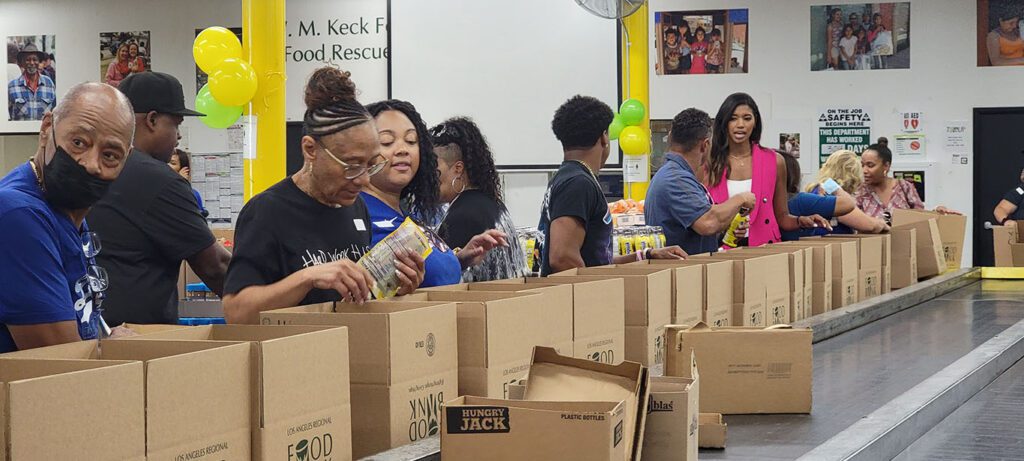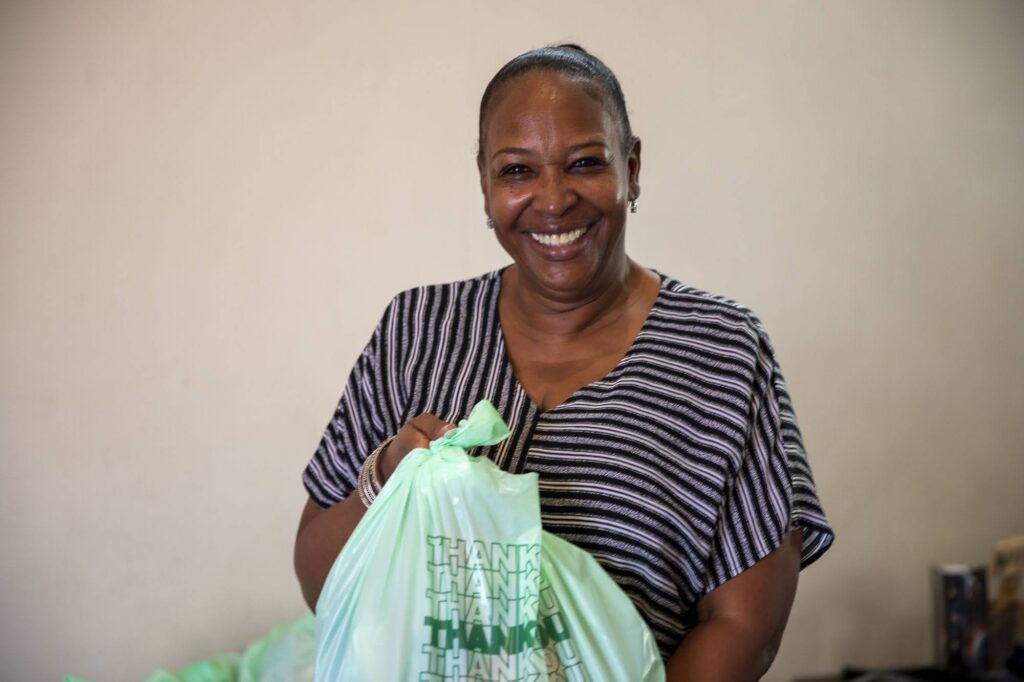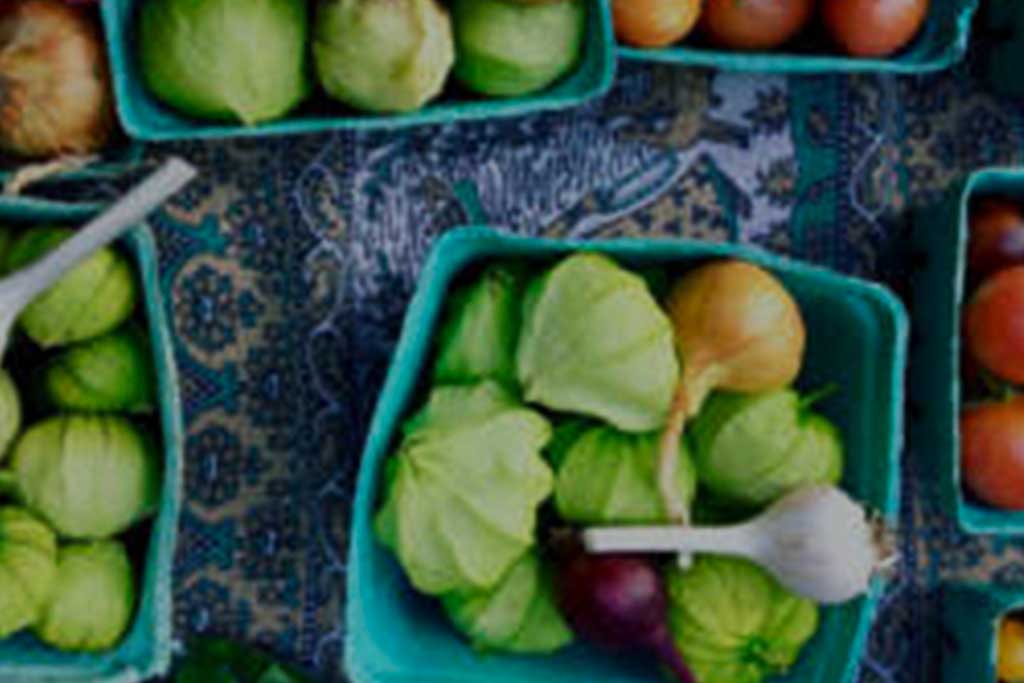Founding the Food Bank: Who Was Tony Collier?
Founding the Food Bank: Who Was Tony Collier?
Over the past 50 years, the Los Angeles Regional Food Bank has provided more than 1.6 billion meals – that’s 1.9 billion pounds of food – to those in need throughout Los Angeles County. But how did the Food Bank start?
Each month during our 50th anniversary year, we’ll tell a little more of the story, but perhaps the best place to start is the person who founded the Food Bank – Tony Collier.
Tony Collier and the Grandview Food Bank
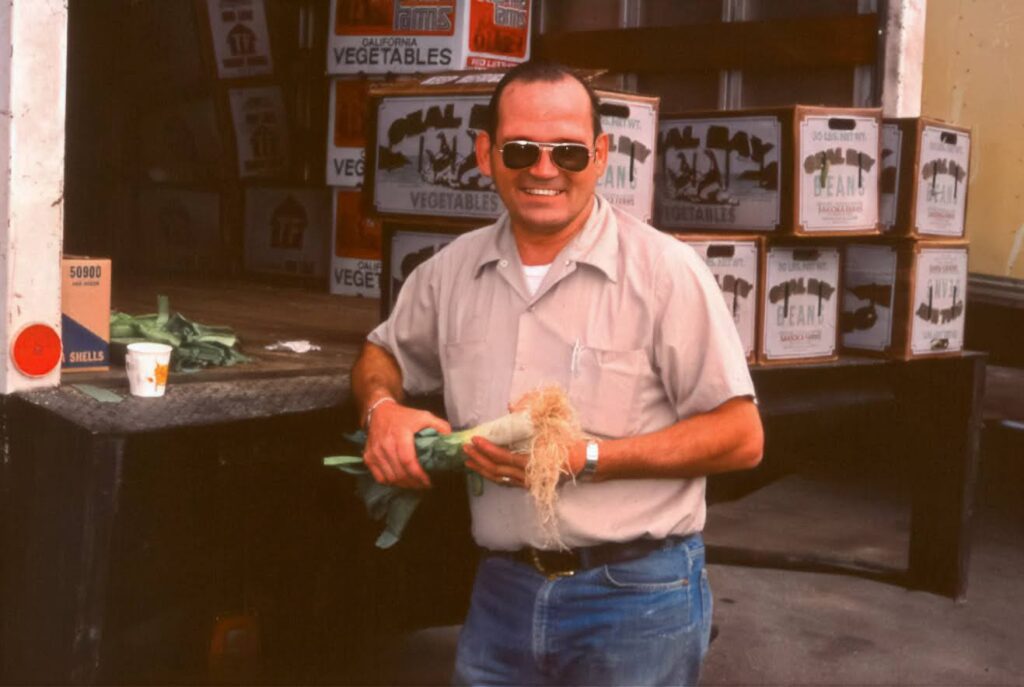
Tony Collier was a cook at the Grandview Foundation, a rehabilitation center. To save money, Collier learned to solicit food donations, and it turned out that he had quite a talent for it. Eventually, there was more donated food coming in than Collier could cook, so they began to redistribute it to other charitable organizations. Collier accurately predicted that food manufacturers, growers, distributors and wholesalers would be happy to help the community and donate surplus food if someone solved the logistical problems of pick-up and distribution. Tony Collier was happy to help.
To increase the effectiveness of this strategy, Collier developed a plan to create a clearing house – or a bank of food – that would respond quickly when other charitable organizations needed food. At the time, there was one major food bank in the United States. St. Mary’s Food Bank was located in Phoenix, Arizona. Collier traveled to Phoenix to meet with John van Hengel, the founder of St. Mary’s Food Bank and later the founder of Second Harvest (now known as Feeding America).
In 1974, Collier married his wife, Pat Collier, who also was a significant person in the early days of the Food Bank. Pat served as a project coordinator and helped organize partner agency pick-ups, admitting in a 1976 issue of Grocery Communications that the food bank was a madhouse at times. It wasn’t always clear what would be donated when, so suddenly, you’d have to find a home for hundreds of thousands of pounds of grapefruit or fresh tuna.
Motivated to fight hunger in their community, the Colliers and their team worked tirelessly – often 12 to 20 hours per day. When asked about the long hours, he once said with a smile, “The Food Bank belongs to all the participants. The heartaches belong to me.” Sometimes, on the rare occasion that not enough food was coming in through donations, Tony and Pat would dip into their grocery budget to make sure people had what they needed for the week.
In the Grandview Food Bank’s first year, 100,000 pounds of donated food was picked up and distributed to the community using Collier’s pick-up truck and his two-car garage as a base. Just three years later, in 1976, when the Grandview Food Bank filed to become its own nonprofit organization, that figure jumped to over 500,000 pounds of food. In the September 1976 issue of Grocery Communications, Kathleen Newton describes Tony Collier’s hope of having a walk-in refrigerator one day because, as Collier’s wife described, when a delivery of frozen foods arrived, it was panic time!
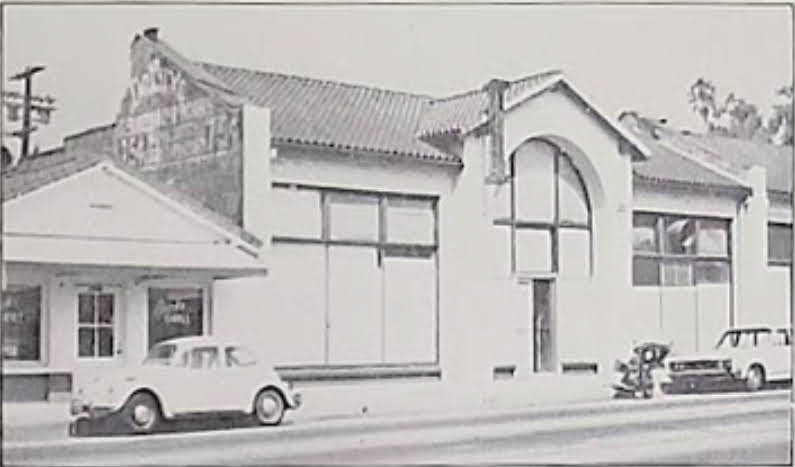
Today, 50 years later, the LA Regional Food Bank rescues and distributes hundreds of millions of pounds of food and other products each year thanks to Tony Collier’s vision and drive to help others. The Food Bank has hundreds of thousands of square feet to glean, sort and store food and a fleet of refrigerated trucks and trailers to acquire and distribute food. With the Food Bank’s emphasis on nutritious food, walk-in coolers and freezers have been at the Food Bank for decades now. Tony Collier passed away many years ago but imagine his joy in seeing the Food Bank’s new distribution center and the impact it will have on families and people throughout LA County. Learn more at LAFoodBank.org/buildinghope.
Collier is an excellent example of how one person can truly make a difference in their community. You, too, can make a difference by giving back to your community today.

